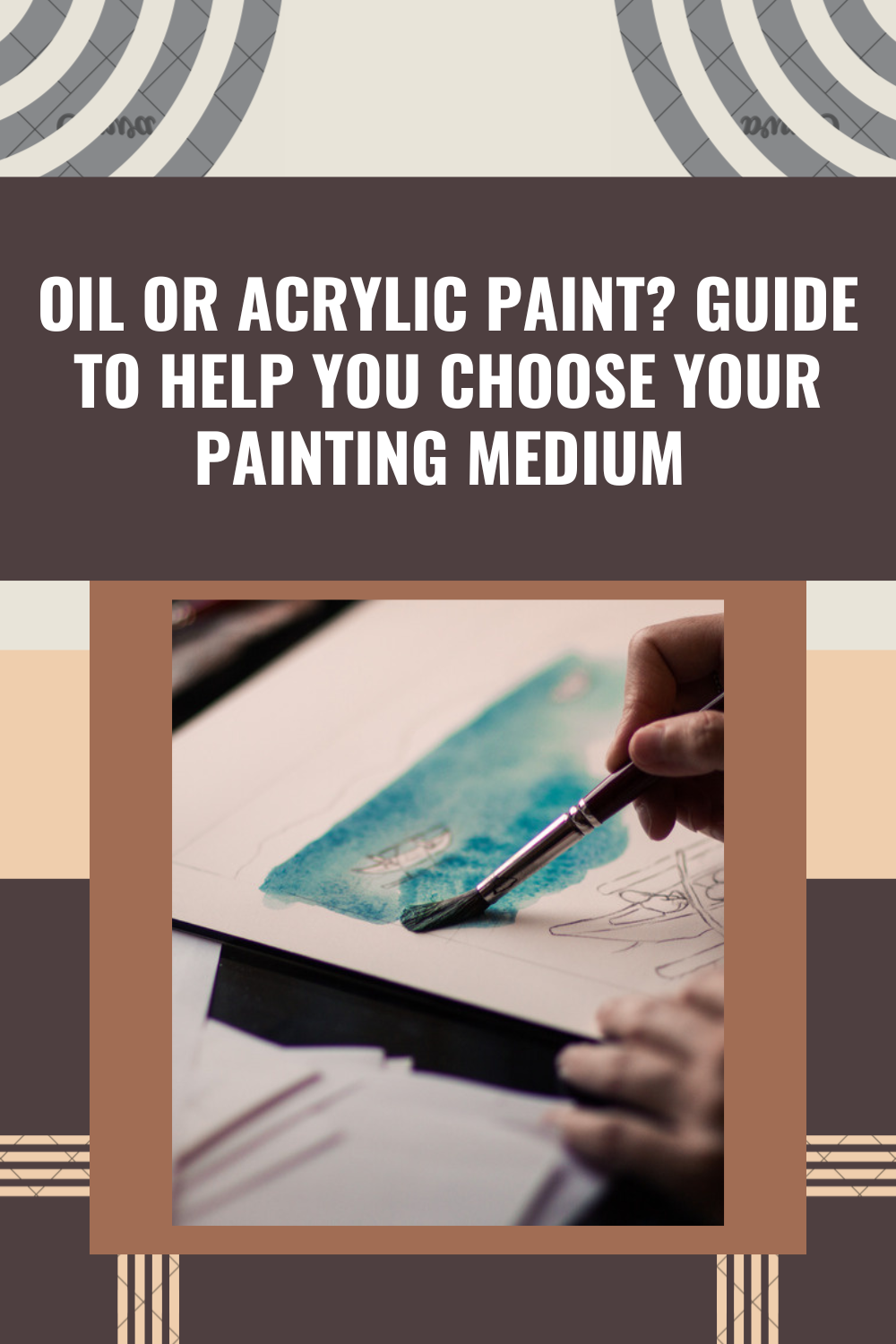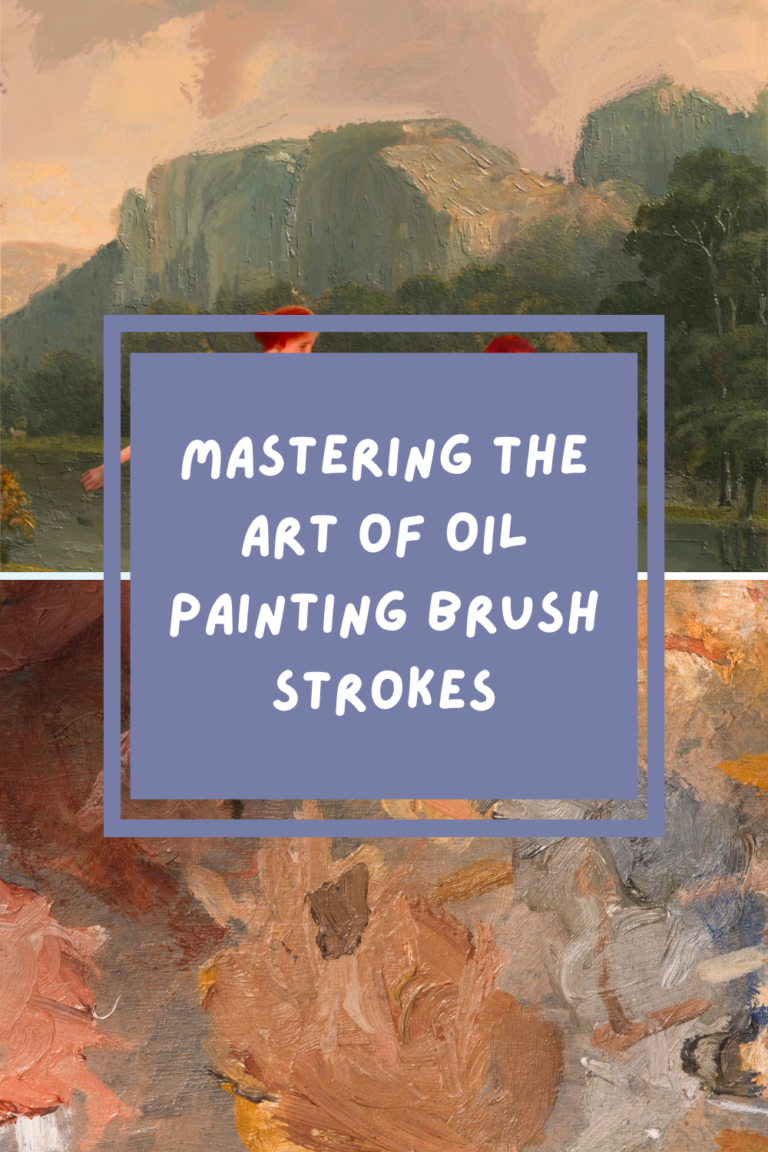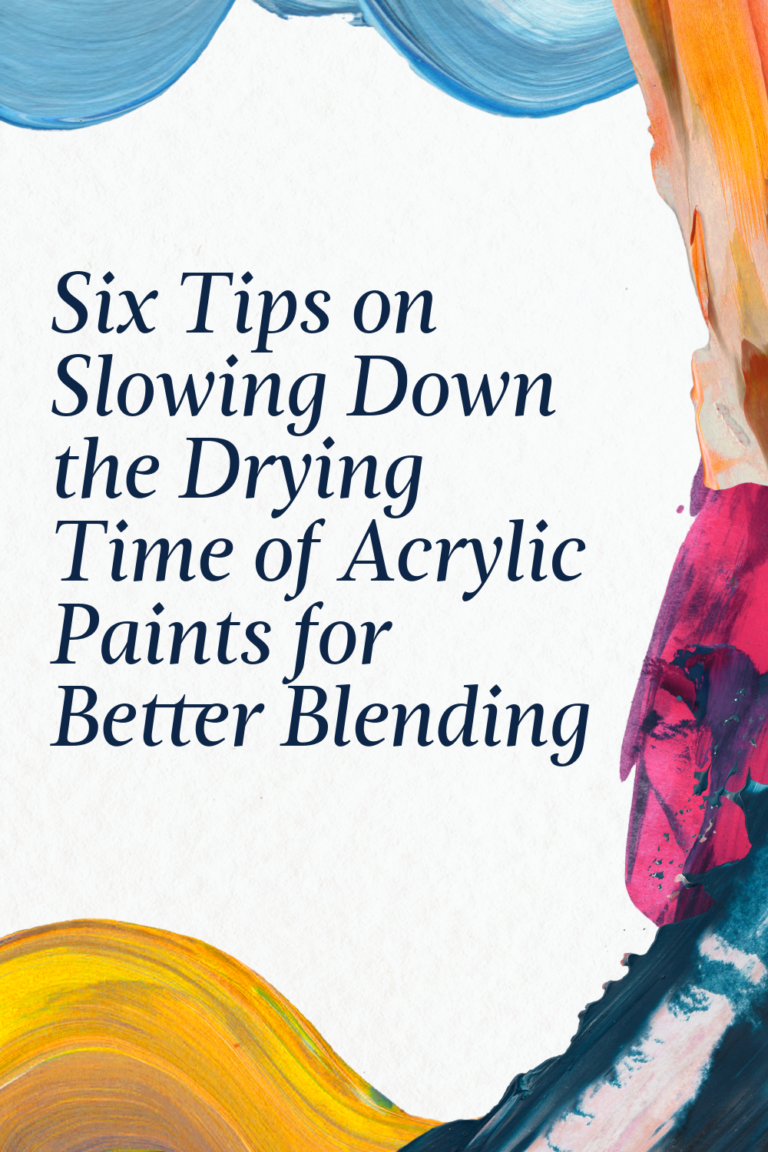Oil or Acrylic?
Without a doubt, these are two of the most popular mediums in the art world.
I have used both in my years of painting, and they have served me well. If you are unsure of which medium would work best for your art, here is some vital information you need to know about oil vs. acrylic paint.
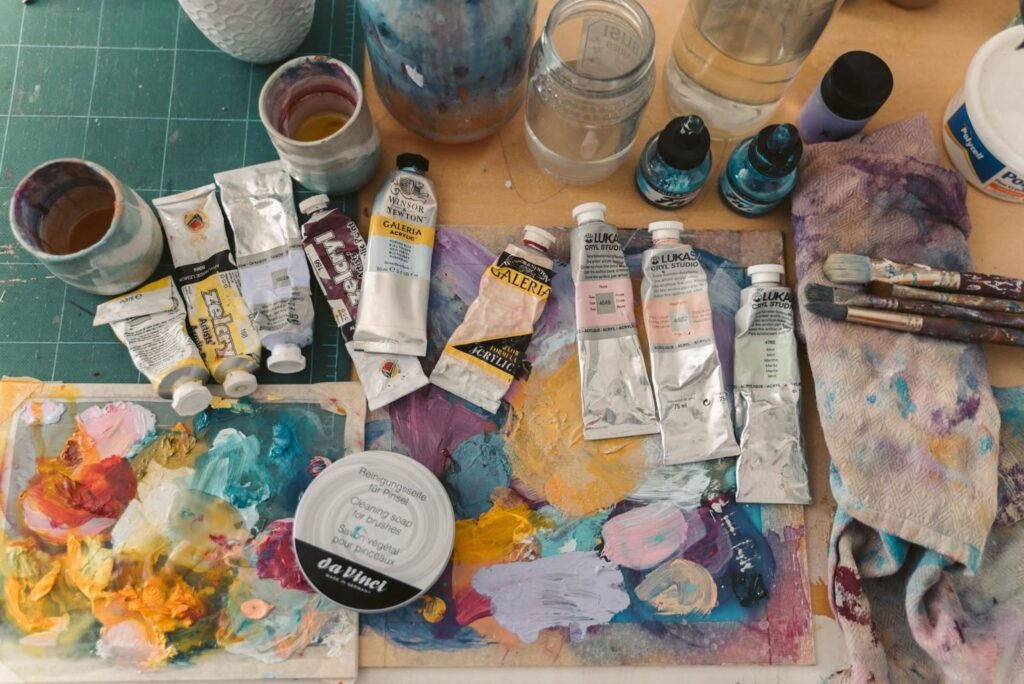
Oil Paintings
Using oil paint as a medium for painting has been done for many centuries. If you’re a fan of some of the world’s most celebrated artworks, such as the Mona Lisa, Starry Night, or Girl with a Pearl Earring, then you know just how vibrant an oil painting can appear.
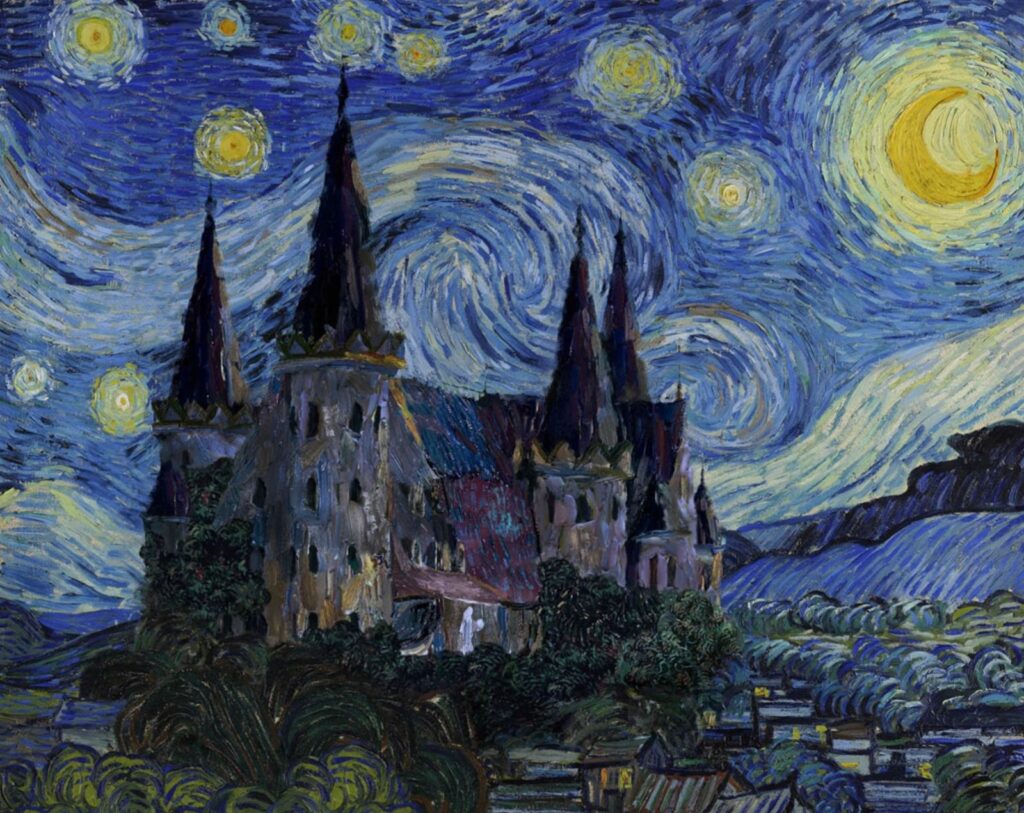
What is oil paint?
Oil paint is produced by mixing pigment with drying oil (i.e., walnut or linseed oil). It was in Asia where oil paints were first used, where it was used in artwork dating back to as far as the 7th century AD.
Unlike other mediums, oil paint has a very thick consistency, mainly due to its binding agent. This causes the finished paintings to have not only a glossy finish but also results in a smoother blending of colors.
Oil paints blend seamlessly, perfect for creating subtle gradients between colors. Because of its consistency and texture, artists can use oil paints to add textures and intricate details to their canvas.
Acrylic Paintings
Compared to oil paint, acrylic is relatively new, only making its way into the art scene sometime in the 20th century. Some famous painters who preferred this medium include Andy Warhol and David Hockney.
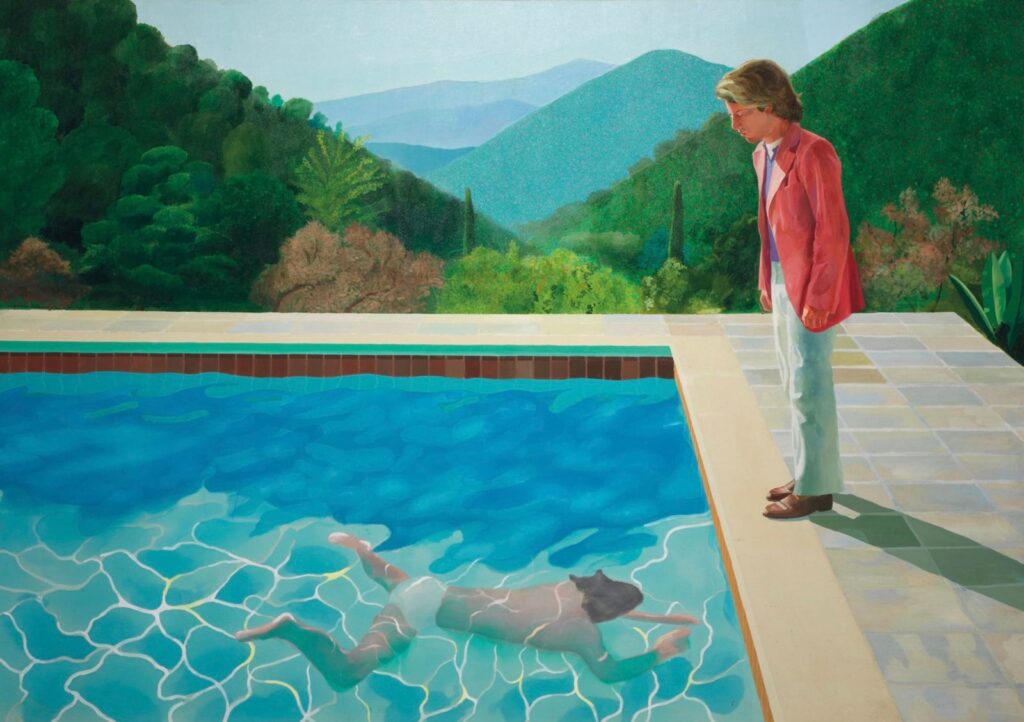
(An interesting side story: this famous painting by David Hockney, “Portrait of an Artist (pool with two figures) fetched $90.3 million in November 2018 to become one of the most expensive works of art by a living artist ever sold at auction!)
Acrylic paint is made from pigments suspended in acrylic polymer emulsion, giving the ability to dry in a fraction of the time it typically takes oil-based paint. It is water-based and, therefore, has a thinner consistency. This leads to a smooth finish for the painting instead of the textured finish that we see in oil paintings.
Now, let’s take a look at the pros and cons of oil and acrylic paint.
Pros and Cons of Oil and Acrylic Paint
Oil Paint
Pros
- Depth – the depth of color and luminosity you can achieve with oils are incomparable
- Slow drying time – while some consider this a con, you can also use it to your advantage. The drying time can also allow you to rework your piece, blending colors and adding intricate touches to your piece.
- Gradients – smooth transitions can be achieved with oil paints
Cons
- Slow drying time – this can be a disadvantage if you are aiming to quickly complete a piece.
- Yellowing – oil paintings tend to yellow over time when exposed
- Toxic ingredients – some oil paints have toxic ingredients in them, so you need to be cautious when using them
- Solvents – you will need solvents to thin the oil paint or to clean your brushes
- Cleanup time – it takes longer to clean your tools as it requires the use of specially-made products such as artist’s soap or paint thinner to get the job done

Freedom of Speech, by Norman Rockwell.
(Renowned American artist, humorist, and painter, Norman Rockwell uses oil to paint many of his works. The inspiration for this painting came from the State of the Union address, delivered in January of 1941 by President Franklin D. Roosevelt, in which he set forth the four basic freedoms that Americans have the right to enjoy. This painting was the first of the series and appeared on the cover of The Saturday Evening Post‘s February 20th issue.)
If you need suggestions, Windsor&Newton is one of my favorite oil paint brands, you can get it here:https://amzn.to/3ZqUlXb
Acrylic Paint
Pros
- Quick drying time – Because they dry much faster than oil paint, you can quickly add layers or details to finish your piece
- Water-soluble – you do not need to use any solvent on acrylic.
- Durable – once acrylic dries, it is water-resistant.
- No yellowing – compared to oil paintings, acrylic paintings are less likely to yellow or fade with age.
- Compatibility – acrylic can be applied to canvas, paper, fabric, or wood.
- Cleanup time – easier to clean up when using acrylic as only water (or soap) is needed
Cons
- Quick drying time – this can be a disadvantage when you want to do a blending technique.
- Color shift – there may be slight changes to the color once an acrylic paint dries.
- Texture – despite its versatility, it might be impossible for acrylic paint to achieve the same rich texture as oils in some techniques
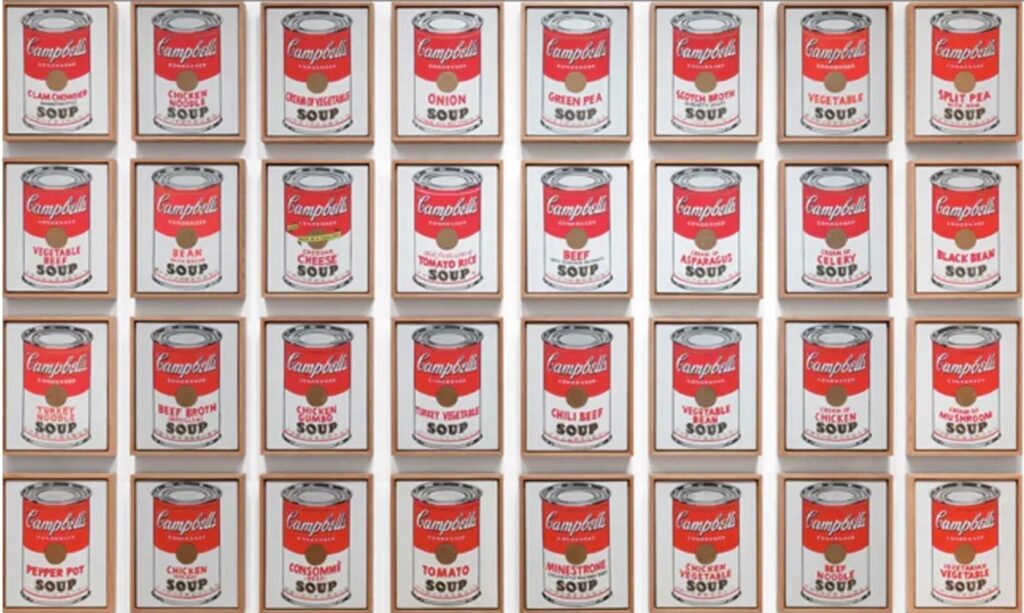
Campbell’s Soup Cans, by Andy Warhol
(Created in 1962, Campbell’s Soup Cans is considered to be one of the most famous acrylic works in history. These were a series of 32 paintings in which Warhol brought each particular flavor of soup to life with its own.)
If you like to try acrylics, this set is a very good value: https://amzn.to/455tf92
When to Use Oil and Acrylic Paint
So you may be asking yourself now, which one should I use between oil vs. acrylic paint? The answer to this would depend on a number of reasons.
Are you just a beginner? Then, you might find acrylic paints easier to use.
But if you are the type of artist who takes his or her time when painting, oil paint may be more for you. Oil-based paints also produce tones and colors that cannot be replicated with other paint mediums. Not to mention that they can last for centuries if properly maintained.
What do I use in my painting?
Recently, I like to use acrylics as an underpainting for my oil painting.
I first put down the big shapes and basic colors of my painting design with acrylics. Then add a layer of oil paint on top.
I found that acrylics can help me judge values and colors for the subsequent oil paint, and it dries super fast as well.
I hope this has shed some light on the effects of acrylics and oils.
And it doesn’t matter what medium you will use, you will need some basic knowledge of the color wheel. Check out this
post about color theory here: https://yingmclane.com/color-theory-guide-a-comprehensive-guide-for-artists/
What do you think is the best medium for you to use? Leave a comment!

